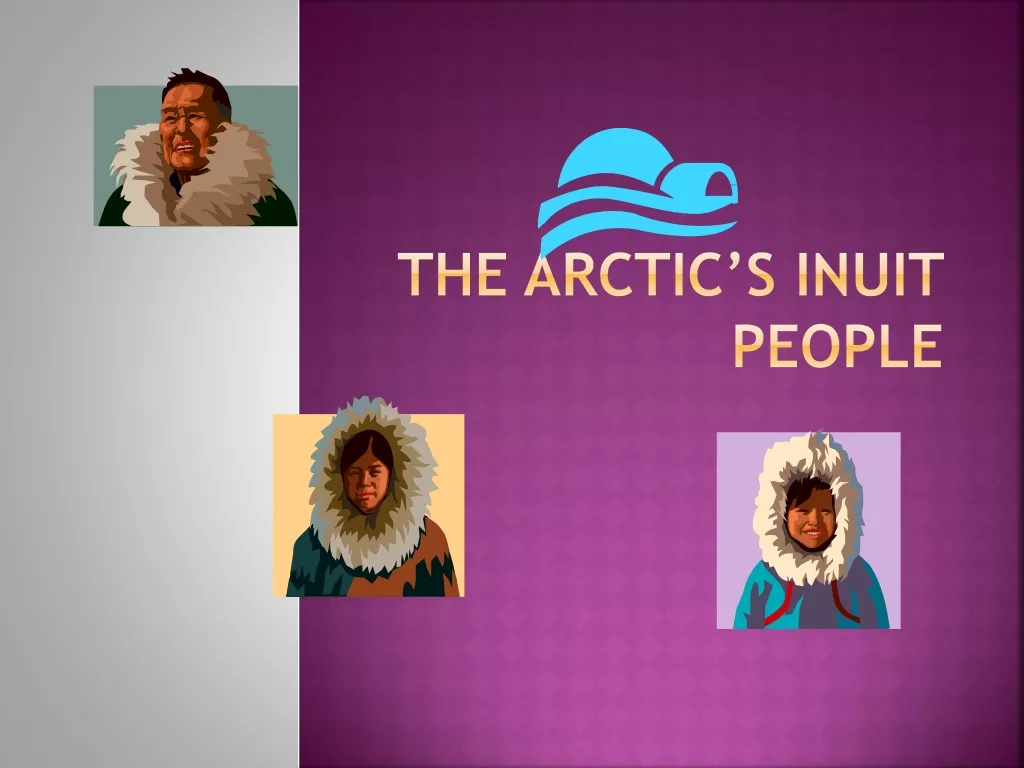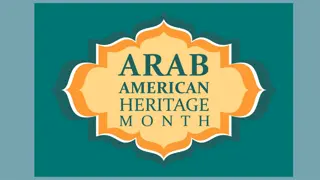Insights into Eskimos: Thule Culture and Inuit Heritage
Discover the fascinating heritage of the Inuit, descendants of the Thule culture, who emerged from Alaska around 1000 AD. Explore their migration across the Arctic, settlement in Greenland, and unique clothing traditions featuring sealskin boots and layered garments for extreme cold. Uncover the legends of the Tuniit giants and the cultural shifts that shaped the Inuit society.
Download Presentation

Please find below an Image/Link to download the presentation.
The content on the website is provided AS IS for your information and personal use only. It may not be sold, licensed, or shared on other websites without obtaining consent from the author.If you encounter any issues during the download, it is possible that the publisher has removed the file from their server.
You are allowed to download the files provided on this website for personal or commercial use, subject to the condition that they are used lawfully. All files are the property of their respective owners.
The content on the website is provided AS IS for your information and personal use only. It may not be sold, licensed, or shared on other websites without obtaining consent from the author.
E N D
Presentation Transcript
Ppt for Geography(Hons) part 2,paper 4 ,section B Unit 3 Topic:Eskimos By Rhicha jyotsna Assistant professor(Geography) M.l Arya College kasba Purnea University,purnia
The Inuit are the descendants of what anthropologists call the Thule culture, a nomadic people who emerged from western Alaska around 1000 and spread eastwards across the Arctic, displacing the related Dorset culture (in Inuktitut, the Tuniit). Inuit legends speak of the Tuniit as "giants", people who were taller and stronger than the Inuit, but who were easily scared off and retreated from the advancing Inuit. By 1300, the Inuit had settled west Greenland, and finally moved into east Greenland over the following century.
Clothing consisted of coat, trousers, stockings, shoes or boots. In very cold weather two of each garment were worn. The inner one had the fur against the skin, the outer one had the fur outside. Boots are called kamiks. They are made from sealskin because it lasts long, is warm, and isn't hurt when it gets wet.























